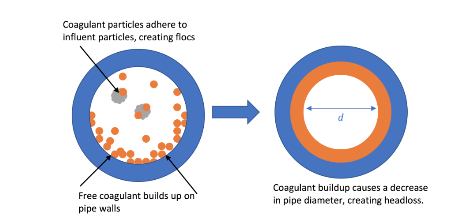Annie Cashon, Jeanette Liu, Christine Leu
Abstract:
The Chemical Dose Controller is a device that maintains a constant chemical dose as the plant flow rate changes. This semester, the Chemical Dose Controller team has started doing research on chlorine compatibility with the constant head tank. Part of this assignment includes exploring alternative CHT designs in hopes of maximizing durability and efficiency while minimizing costs. The team is also considering scaling the CDC system down by looking into the single lever arm design. The team has begun recording these adjustments in a CDC assembly manual for future CDC teams that includes photos and item lists. Finally, the team has reached out to the team in India, in hopes of working out a cost effective and reliable system for future shipments.









